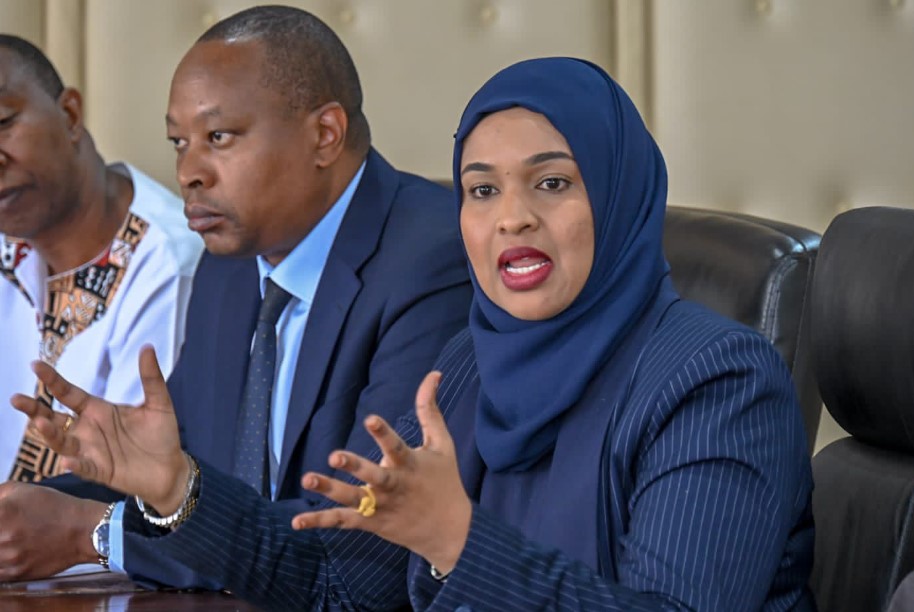The government has allocated Kes 100 million to design a Kenyan national dress, an increase from the Kes 50 million previously allocated for the project.
Culture, Arts, and Heritage Principal Secretary Ummi Bashir announced during the Utamaduni Day celebrations held in Nairobi last year that the government would unveil the national dress by October this year.
“Kenya does not have a national dress, do we ? That is something that we are working on and we promise that by next Utamaduni Day, we will consult and we vow to at least have a Kenyan National Dress by then,” Bashir said on October 10, 2023.
When she appeared before the National Assembly’s Sports and Culture committee on Thursday, Bashir told members that they hope to receive the funds to kickstart the process.
This after members of the committee, led by Chairperson Webuye West MP Dan Wanyama, said they don’t intend to undertake the process again after the latest attempt.
Did you read this?
According to Dr. Kiprop Lagat, Director of Culture in the Ministry of Sports, Culture and Heritage, the money will be used to facilitate public participation, design, validate national dress, and market national dress.
“A national dress is an attire that is recognized by the citizens of a country as a dress that encapsulates the national diversity, national identity and the civilization of a country that enhances national pride cohesion and also embeds the values and ethos of a nation,” he stated.
Dr. Lagat told members that they might develop several national dresses considering the country's diversity.
“It’s not necessarily true that we could have just one national dress, but we could have a variety that would be representative of the diversity that we have in this country,” he said.
Bashir said that the first attempt to develop a national dress code flopped because it was a boardroom decision forced down the throats of Kenyans without their involvement.
The attempt in 2004 was spearheaded by the then Minister of Culture and Heritage, Najib Balala, and taxpayers spent Kes 50 million.
“It was a boardroom decision without engaging the end users and stakeholders. For a change we are now involving counties, different designers in order to come up with the best design,” she said.









